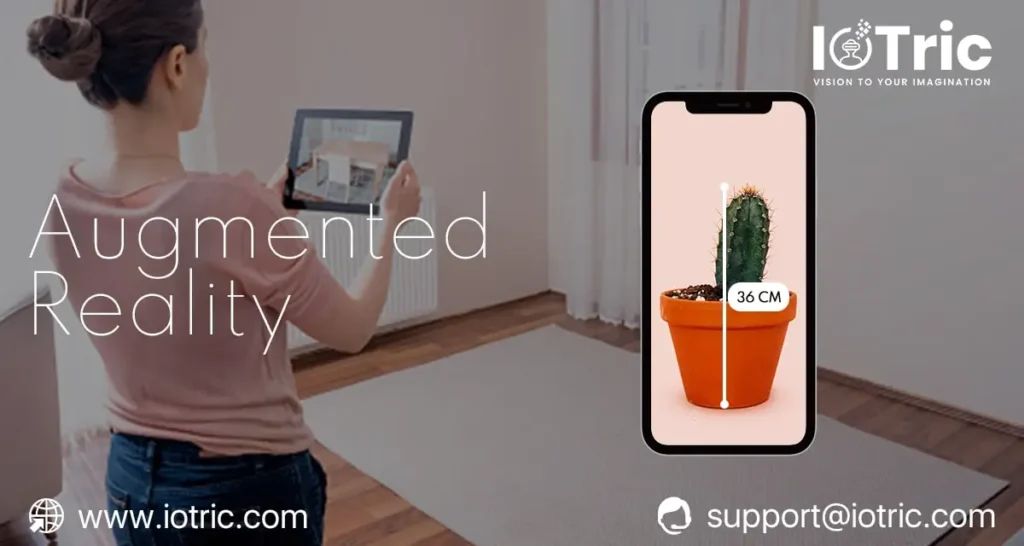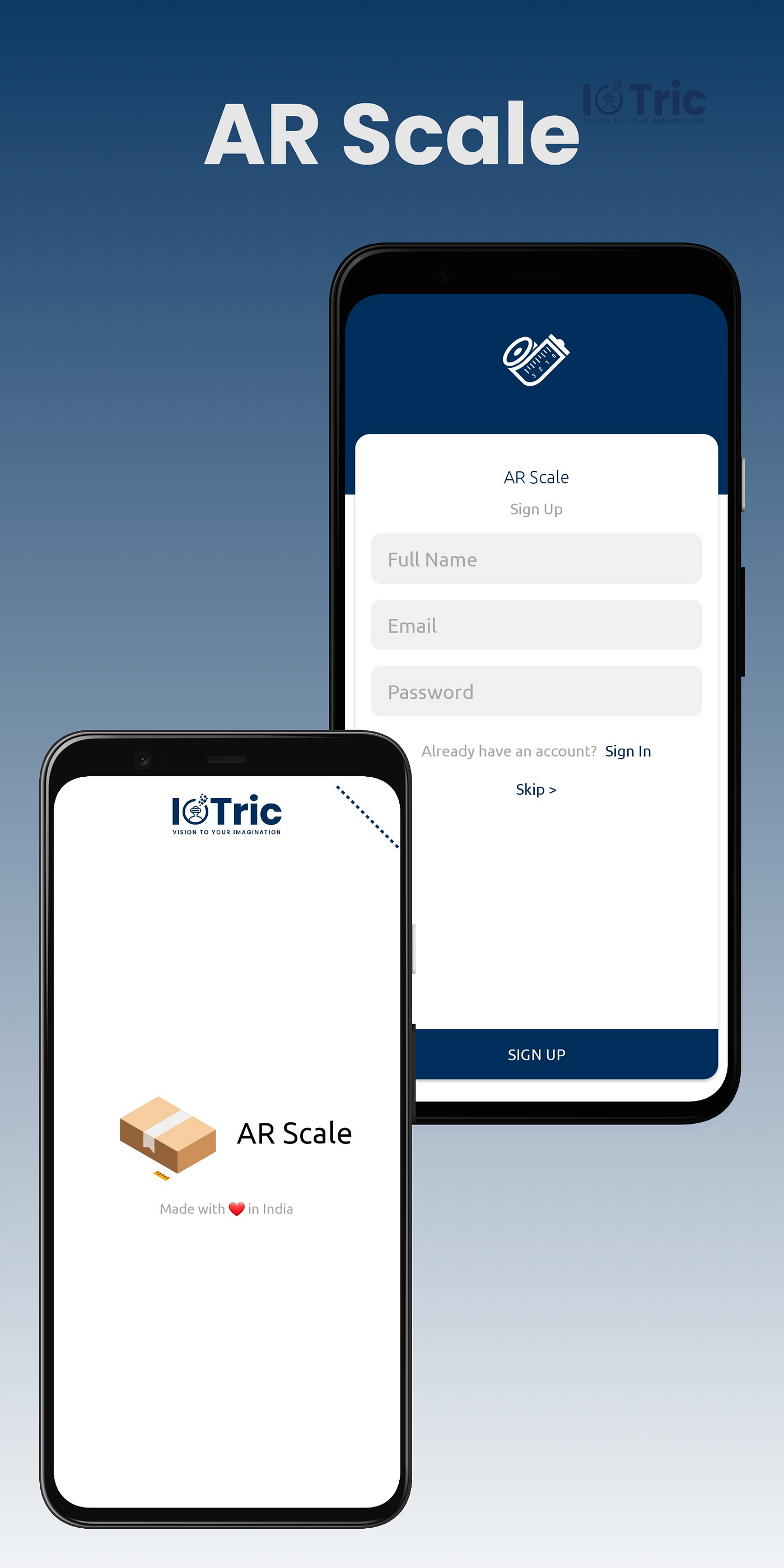AR/VR
The Rise of Augmented Reality

Augmented Reality (AR) for industrial disruption
Introduction
In recent years, AR has attracted the attention of a wide range of researchers and developers extensively. The technology has shown strong momentum of development, driven by Computer Vision and Artificial Intelligence.
What is Augmented Reality (AR)?
Augmented Reality can be referred to as an advanced technology that can combine the virtual world with the real one. It makes the use of Multimedia, 3D-Modelling, Sensing, Real-time tracking, and many more. Moreover, it overlays visual, auditory, and other sensory information onto the world to enhance one’s experience; to provide an interactive experience of a real-world environment. In such an environment, the resided objects are enhanced by computer precepted or sensory information.

Application areas of AR:
AR is being applied to numerous fields including tourism, commerce, art, restoration, education, entertainment, leisure, medical treatment, industrial manufacturing, and many more. Some of the application areas are discussed below:
Tourism
AR-based applications can attract tourists by restoring historical sites using screen software, mobile phone cameras, and other technological means to integrate real scenes. Moreover, additional information can be obtained along with viewing scenes.
Archeology
The use of AR in archeological studies is significant enough to zoom in on relics on real landscapes. It helps archeologists to pinpoint their location accurately.
Retail
Augmented Reality has also revolutionized the retail sector and improved the customer experience extensively. Now the customers can see everything about the selected or purchased product without opening its packaging. It allows the scanning of product pictures to get the production details.
Automobile manufacturing
The technology can guide workers visually and help with 3D designs more efficiently. The car designers can have a better structure of the cars and make better comparisons using AR-based visual presentation.
Education
AR-based learning application enables the learners to see the computer-generated objects on the screen of the device. It takes place in real-time while you view it from your camera. The technique enables the students to learn more interactively. Moreover, the educators are making use of such learning applications directly in the classroom. It helps them to explain and represent the learning materials to the students in an interactive manner.
Security
For public security solutions, AR technology can play a good role. It allows search and rescue, in integration with aerial cameras. It can integrate the real scene with the forest road name and location as per the geography and help to rescue the lost person more efficiently.
Medical applications
The use of technology can be made by doctors to locate the surgical site of a patient in an accurate manner. It can also observe the fetus in real-time and remind the patient to take medicine on time by letting them wear AR-enabled equipment.
Construction
For the construction and architectural projects, AR is used to place any proposed on-site 3D model using mobile devices. It also allows measuring the site with a virtual measuring tape and detecting errors before constructing the building and reducing unnecessary back and forth between the parties.
Real-time application from Iotric: AR Scale
AR Scale is a real-time application that is intended to measure the dimensions of the real world objects with your smartphone’s camera. With the help of the camera, you can detect the start and endpoint to find the actual dimensions of the targeted area. The application turns the smartphone into a virtual tape to know the dimensions of real-world objects. It is accurate enough to make measurements using AR supported device.

Conclusion
In conclusion, it has been found that AR is potent enough to make dramatic changes in the various industrial operations that are beyond the human imagination. It makes the user experiences more interactive and changes the boredom work pattern.